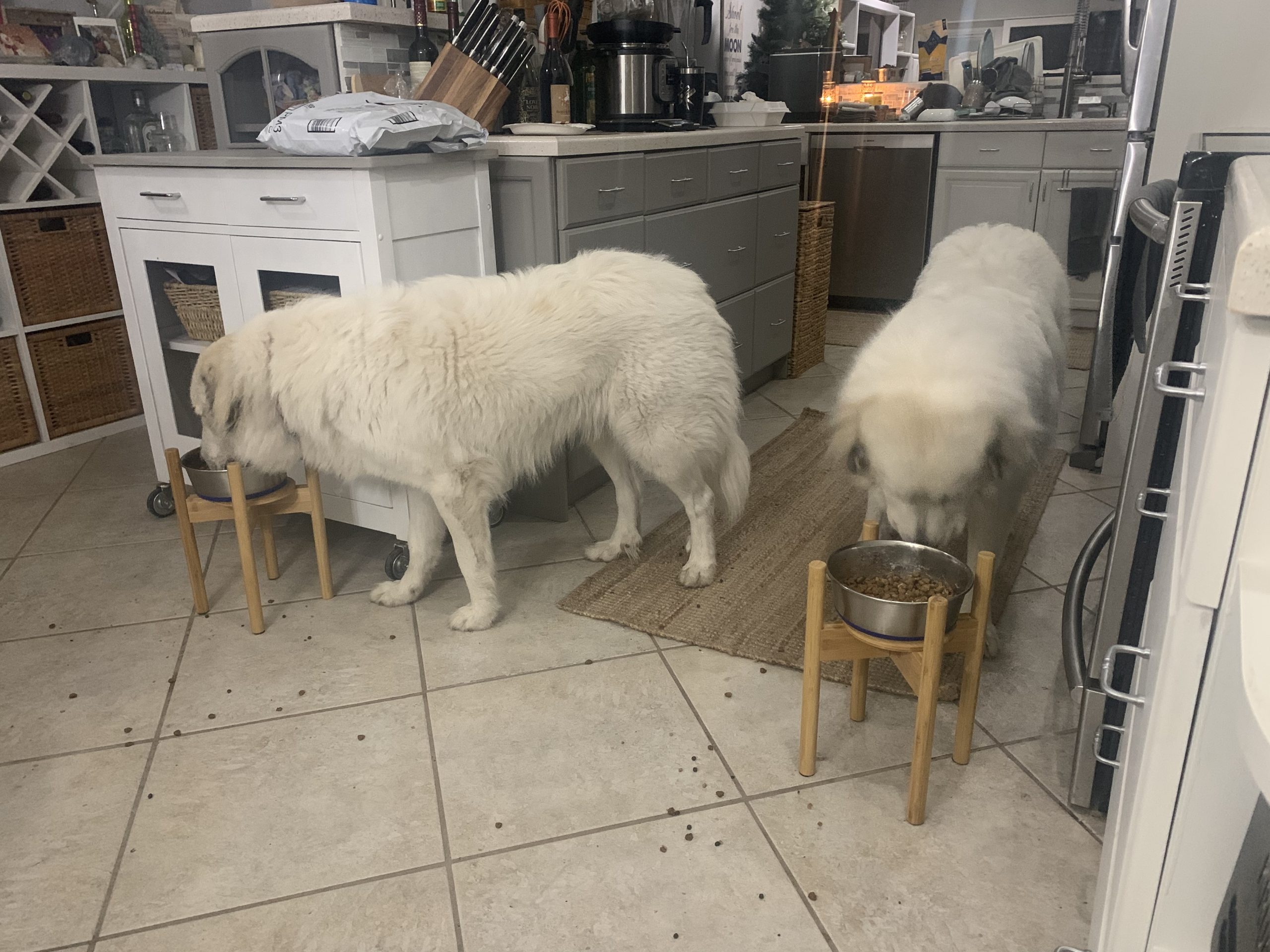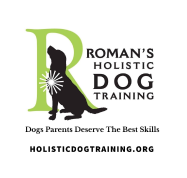
How to Resolve Dog Disputes in Multi-Dog Homes
📝 By Roman Gottfried, CPTD, RMT
📌 Roman’s Holistic Dog Training LLC, ©2017
Understanding Dog Disputes in Multi-Dog Households
Living in a multi-dog home can be rewarding, but it’s not without challenges. Interdog household aggression (sometimes mischaracterized as “sibling rivalry”) is a common issue that can cause distress for both dogs and their guardians.
This article will explain:
✔ Why dog disputes happen (and how humans may unknowingly contribute)
✔ How to recognize conflict triggers
✔ Key strategies to mediate disputes effectively
✔ How to establish peace in multi-dog homes using holistic parenting
🐾🐾🐾
How Common Is Interdog Aggression?
📊 Statistics on Dog Disputes in Multi-Dog Homes:
✔ 79% of interdog aggression occurs between same-sex pairs
✔ 68% of cases involve at least one female
✔ 74% of instigators are the younger dog in the pair
✔ 70% of conflicts involve the newer household addition
Common Dispute Triggers:
➡ Owner attention
➡ Food disputes
➡ Excitement & overstimulation
➡ Possession of found items (toys, chews, beds, etc.)
🐾🐾🐾
Why Dogs Fight in the Same Household
Unlike free-ranging dogs, who typically resolve disputes through subtle signals like growling, posturing, or walking away, dogs in a confined household environment face unique challenges. In a home setting, they have fewer options to disengage from conflict, leading to increased tension and the potential for escalation. Limited space and forced interactions can lead to increased competition over resources, heightening tension and potential conflicts.
This can create tension, leading to conflicts that escalate into aggression.
Key Risk Factors for Household Dog Aggression:
📌 Separation Anxiety – 50%
📌 Conflict with owners (One dog shows aggression toward the caregiver) – 40%
📌 Aggressive behavior toward unfamiliar humans – 35%
📌 Phobias or generalized anxiety – 30%
📌 Fear & anxiety toward unfamiliar dogs – 23%
📌 Lack of structure & rules – 20%
🐾🐾🐾
Types of Dog Disputes in Multi-Dog Homes
Dogs naturally get into disputes, but understanding the type of conflict can help resolve issues before they escalate. For example, if two dogs frequently argue over access to the couch, recognizing this as a possession dispute allows guardians to implement structured turn-taking or provide multiple resting spots to minimize tension.
1️⃣ Excitement Disputes
Triggered by overstimulation—such as during play, feeding time, or when guests arrive.
2️⃣ Frustration Disputes
Occurs when a dog is unable to access a desired resource or space.
3️⃣ Possession Disputes
Over toys, food, beds, or attention—especially when resources are scarce.
4️⃣ Balance & Role Disputes
Happen when dogs adjust roles within the group, often seen when a new dog joins the household.
5️⃣ Communication Disputes
Some dogs have poor social skills and fail to read other dogs’ signals, leading to miscommunication and tension.
🐾🐾🐾
Mediating Dog Disputes: A Holistic Approach
🔹 Mediation in dog conflicts works similarly to human mediation. It involves a neutral third party, such as a guardian or trainer, guiding the dogs toward resolution without taking sides. The goal is to facilitate communication, reduce tension, and help both parties find a peaceful solution.
🐶 Dogs thrive in structured environments where roles and rules are clear. If dogs understand their relationship dynamic (Authority, Peer, or Friend), disputes are less likely to occur.
📌 Step 1: Identify the Relationship Type
✔ Authority Relationship: One dog naturally takes the lead (not dominance-based, but experience-based).
✔ Peer Relationship: Both dogs interact as equals, with mutual give-and-take.
✔ Friend Relationship: Dogs are bonded and rely on each other emotionally.
📌 Step 2: Teach Dogs Conflict Resolution Skills
Just as children need to learn social etiquette, dogs need emotional education to navigate conflicts peacefully. This includes developing impulse control, recognizing social cues, and learning appropriate ways to express frustration or anxiety. Emotional education helps dogs build confidence, communicate effectively, and engage in healthy interactions with their peers.
✅ Building Secure Attachment: Teaching dogs to reach out for help when they feel stressed, rather than reacting aggressively. For example, a dog may learn to approach their guardian and offer eye contact or a gentle nudge when feeling overwhelmed instead of reacting with barking or lunging.
✅ Conflict Resolution Exercises: Helping dogs learn to self-regulate and make better choices in social settings.
✅ Neutral Recall (Name Exercise): Teaching dogs to disengage from tension and return to their guardian when called.
✅ Teaching Safe Place & Safe Haven (Attachment Theory): Providing dogs with designated areas where they feel secure and can retreat when overwhelmed.
✅ Positive Reinforcement: Reinforcing desired behaviors rather than punishing unwanted ones.
✅ Upper Limit Exercise: Teaching dogs how to regulate excitement and avoid crossing the threshold into overstimulation. This is done by gradually exposing them to stimulating situations while reinforcing calm behavior. For example, if a dog becomes overly excited during play, a brief pause or redirection to a calming activity like a ‘settle’ command helps them learn to self-regulate before reaching an overstimulated state.
✅ Teach “Leave It” & “Come” – Redirects attention away from tension.
✅ Reward Compliance & Conformity – Reinforce positive interactions.
✅ Allow Space & Breaks – Dogs need time apart to reset emotions.
✅ Monitor Play Sessions – Structured interactions prevent escalations.
✅ Intervene Without Over-Involvement – Owners who micromanage disputes can make things worse.
🐾🐾🐾
Final Thoughts: Achieving Peace in a Multi-Dog Home
✔ Understand the nature of dog disputes and their root causes.
✔ Provide clear structure & guidance—dogs thrive on consistency.
✔ Teach dogs emotional regulation & conflict resolution skills.
✔ Focus on holistic well-being—behavior issues often stem from stress, diet, or health problems.
🐶 Struggling with dog conflicts in your home? Get expert guidance on understanding triggers, resolving disputes, and creating a harmonious environment for your dogs.
📌 Book a discovery call at: holisticdogtraining.as.me/Short-Web


